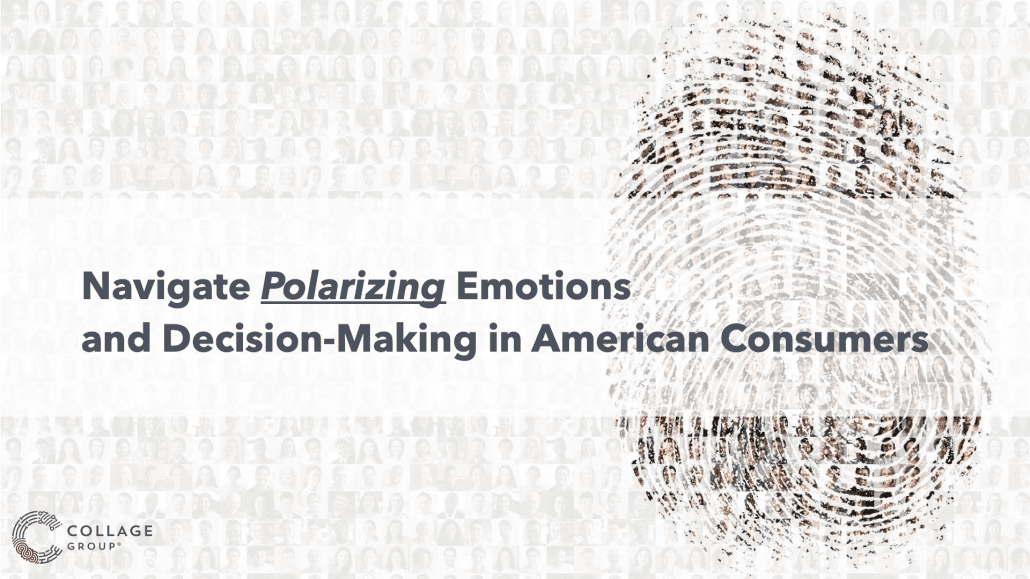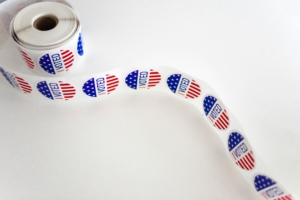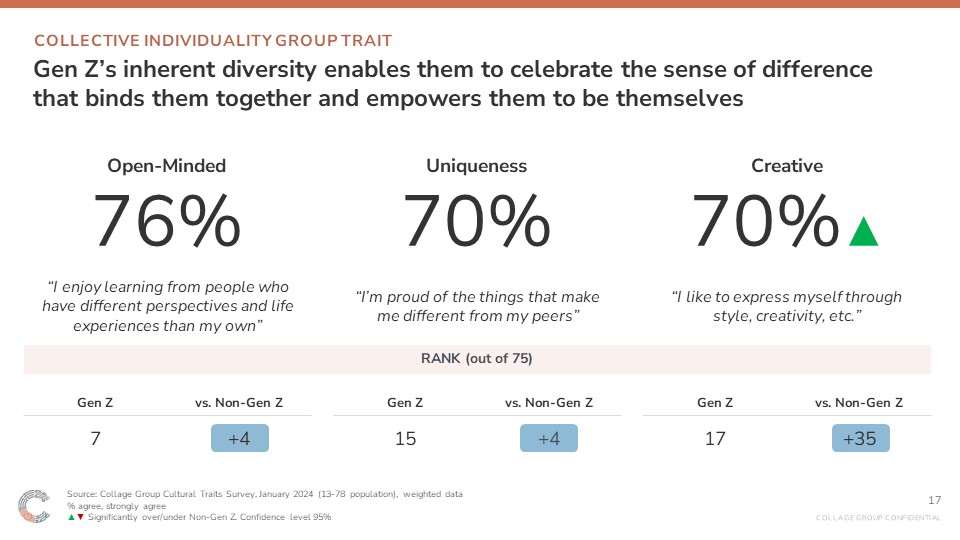Navigate Polarizing Emotions and Decision-Making in American Consumers
Is your brand truly connecting with and engaging diverse and complex consumers across segments? Our latest report explores top performing brands to help you enhance your own marketing and communication strategies.
March 15, 2024
David Evans – Chief Insights Officer
As we continue to navigate uncertainty, polarity, and speed of technology, it is increasingly important to understand how best to manage emotions to drive connection and loyalty with consumers. Marketing leaders across industries are all working to gain a competitive edge in understanding and influencing consumer behavior, but need to understand that there is no “one-size-fits-all” approach.
Your brand must connect with and engage diverse and complex consumers across segments. Because if you do not, you are missing out on key consumers that are imperative for brand growth now and in the future.
Fill out the form to download a sample report that explores top performing brands and how they are winning with complex diverse audiences

What Surprised Us
Conventional wisdom is that the best ad steer clear of polarization altogether. This isn’t the case – in fact our research shows that 45% of the top ads actually polarize people both on emotions and on relevance of the ad to the consumer. Differing opinions on an ad’s content, its emotional resonance, or the people and issues it showcases don’t inherently diminish its effectiveness.
Understanding Emotional Polarization
With 72% of Americans advocating for brand engagement in social and political issues, the landscape demands attention. Various demographic segments express even higher expectations, signaling a shift towards values-driven consumerism. However, navigating emotional polarization doesn’t necessarily diminish performance.
The best ads use polarization in two ways: First, through the Halo Effect, by embracing common experiences underlying the expression of different cultural specifics, for example of multigenerational families, or love of sport. And second through the Kindling Effect, by resolving challenging diverging emotional responses in favor of the brand and its role in enabling resolution of these tensions.
Lessons Learned from Case Studies
Navigating emotional disagreement is a more delicate balance for brands. Just 18% of the top-performing ads are highly polarized on emotions. However, it is possible to turn negative sentiment to your advantage by leveraging the Kindling Effect, which harnesses powerful emotions triggered by an ad, to motivate consumer actions.
In examining case studies, we saw Bud Light’s attempt at transgender inclusivity resulted in backlash due to perceived inauthenticity in response to backlash. Conversely, the NFL’s ad featuring rising star Diana Flores navigated gender inequity successfully, driving enjoyment and minimizing backlash.
Interested in a deeper dive across brand activations? We would love to share with you! Partner with us and learn more.
Unlocking Cultural Insights with fluen.ci(SM)
Our fluen.ci platform offers instant access to actionable cultural insights. With dynamic dashboards and category packages, fluen.ci empowers brands to understand consumer perceptions, identify strengths and weaknesses, and develop growth strategies tailored to diverse audiences.
Take advantage of our limited-time discount on data bundles until April 30, 2024. These are designed to elevate your marketing strategy and drive meaningful connections with diverse consumers. Learn more here.
Understanding and navigating emotional polarization is essential for brands seeking authentic connections with consumers. Contact us today to gain additional, valuable insights and actionable strategies to thrive in today’s complex marketplace.
Other Recent Research Articles & Insights from Collage Group

David Evans
David serves as the Chief Insights Officer responsible for all syndicated content and thought leadership. He is passionate about leading the teams that reveal insights into consumers that can transform the fortunes of our members, make these actionable in our products and experience, and build great places to work.
Before joining Collage Group in 2018, David served in a variety of senior roles in data, analytics and syndicated research organizations, including Cushman & Wakefield as Strategic Advisor, CoStar Group as Vice President of Research, and the White House where he founded the Office of Executive Councils in 2011. From 1998 to 2009, he worked at the Corporate Executive Board (now Gartner), serving ultimately as Chief Researcher for a $100 million division covering eight major business units.
David holds a Diploma (M.Arch equivalent) from the Architectural Association in London and an M.B.A. from Georgetown University’s McDonough School of Business. Before pursuing a business career, David worked as an architect in the UK, France and Germany, and published and exhibited widely. David was born in London to American and Canadian parents. He lives in Bethesda with his wife Juliette Searight and younger Generation Alpha daughter, while avidly following his older Generation Z daughter’s journey into adulthood in Halifax, Nova Scotia.
Get In Touch
There's a world of Data Insight Opportunity just for you
Harness the power of cultural intelligence to win diverse America. Discover how you can turn insights into impact today!











